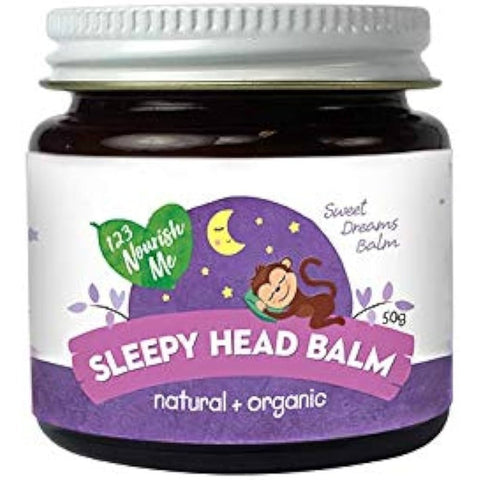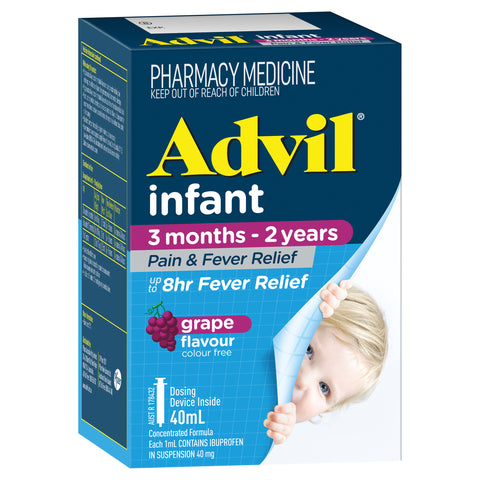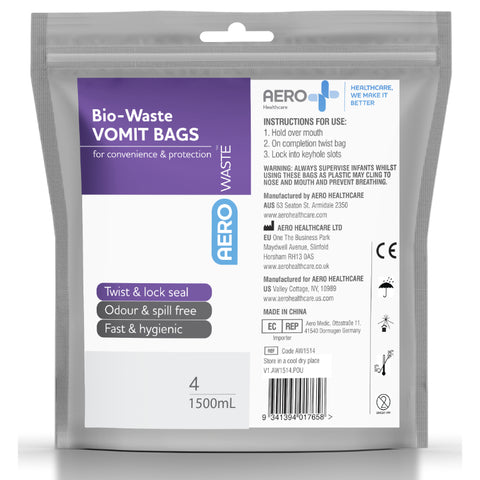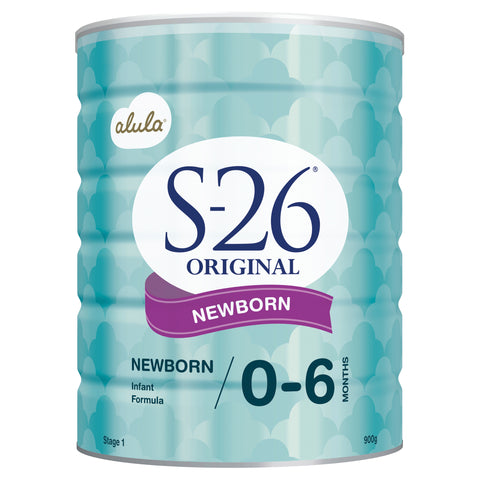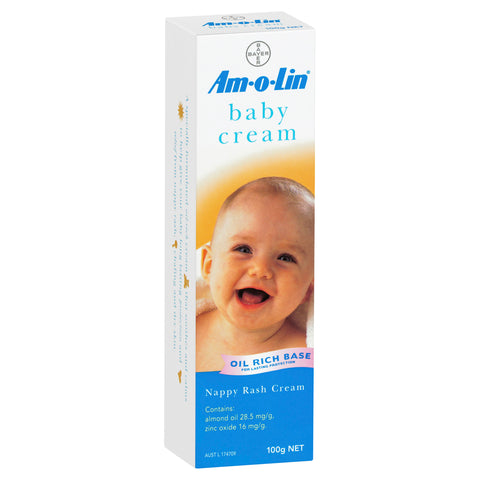
NAN Pro 3 with Bifidus BL 800g
NAN Pro 3 is a premium nutritional milk supplement designed for toddlers from 1 year of age. It contains probiotic Bifidus BL, and also 14 essential vitamins and minerals, to complement the nutritional needs of toddlers. Just 2 serves per day provides on average at least 50% of the recommended dietary intake of calcium, iron, zinc, iodine & vitamins B1, B2, C, D and E. It also has no added sucrose to help support good eating habits. For hygiene and convenience, it is available in an innovative packaging format with a separate storage area for the scoop, and a semi-transparent window.
Backed by 150 years of infant nutrition research and development, Nestlé toddler milk products have helped to nurture generations of young children.
Enjoy NAN Pro 3 Toddler milk supplementary to a varied diet when energy and nutrient intakes may not be adequate.
FAQs
- What is the main difference between a starter (Stage 1) and follow-on (Stage 2) formula?
A starter infant formula is suitable from birth and, for non-breastfed infants, can be a sole source of nutrition.
A follow-on formula is to be used from 6 months of age, around which time complementary foods start being introduced into the diet. These formulas are nutritionally adapted to the needs of the growing and older infant.
- Can my baby stay on starter (stage 1) formula after 6 months, if it suits him/her better?
Yes, there are no problems with a baby over 6 months continuing on starter formula if it suits them better.
- Can I give my baby more or less feeds or volume of formula than indicated on the tin?
The feeding table on the back of our baby formula tins should be used as a guide. However, appetites vary among babies, and each baby’s nutritional needs change from one day and/or month to the next. Learning to read your baby’s hunger cues will help you know when and how much formula to feed your baby. If you are unsure about your baby’s feeding requirements, check with your healthcare professional.
- What is the difference between NAN Pro Gold and NAN H.A. Gold?
NAN H.A. is a 100% partially hydrolysed whey formula from cow’s milk, whereas NAN Pro is an intact formula (non-hydrolysed whey/casein) from cow’s milk.
- Is it important when changing from one type of formula to another that it is done with a gradual transition or can I change from one feed of one product to the next product?
A baby may better adapt when changes in feeding are introduced gradually. Alternating between the old and new feeds at the start may ease the transition.
- Is it normal for my baby to not react well when first introducing formula or switching between formulas?
A baby’s tummy can be very sensitive to changes in their environment and diet. A reaction may indicate that your baby is not tolerating the sudden changes in his/her diet well. When introducing a change in feeding, you can help your baby adapt by doing so gradually. If your baby is already on a formula, alternating between the old and new formulas may help with this transition. This will give your baby’s digestive system time to process and gradually get used to the new formulation. Similar to the way you would introduce solid foods, i.e. in small quantities over a period of time, we would recommend doing the same with the formula.
While it’s quite common for a baby to react to any change in diet, there are a number of other reasons a baby may display reactions. Not all are necessarily related to feeding. This is why we advise parents that it is important to see a healthcare professional to discuss any unusual reactions they see in their baby.
- I am using the NAN H.A. Gold formula for my baby and his/her stools are dark green and very smelly, is there something wrong?
A baby’s stool can be affected by a number of factors including the transitioning between different feeding options (example: breast milk to formula or between formulas).They may range from soft and unformed, yellowish mustard for breastfed babies to green for H.A. formula fed babies to bulkier, brown stools for intact formula (non H.A) fed babies.
- I have bought NAN Pro instead of NAN H.A., as they look similar, is it ok to give to my baby?
It is best to stick to the same type of formula once your baby is used to the product as making changes can upset your baby and result in some unsettling.
Particularly if your baby has only had the NAN H.A. formula, and has not been exposed to a non-hydrolysed formula. If your health care professional has advised the use of NAN H.A. we recommend you talk to them before changing.
- Can your formulas be pre-made in advance and stored in the fridge?
We don’t recommend making any feeds ahead of time, as once the powder is mixed with the water it becomes a perishable food product and is therefore prone to spoilage. Even if the prepared bottles are stored in the fridge we don’t recommend this. If you wish, you can pre-boil the drinking water and store it in the fridge. When your baby is ready for their next feed, you can then heat the amount of water required and add the correct amount of scoops to make up the formula. If you have any further questions, please feel free to contact our Careline on 1800 468 8736.
- Are your NAN infant formulas and toddler milks Halal certified?
Yes – NAN Pro 2 Gold, NAN Pro 3 Toddler Milk, NAN Comfort 1, NAN Comfort 2 and NAN Comfort 3 Toddler Milk
No – All other Nestlé infant formula products and toddler milks
- How many feeds a day can I give my toddler of NAN 3 toddler milk?
NAN 3 Toddler milks are not a complete food. It is a formulated supplementary food for young children 1 to 3 years of age that can be consumed when energy and nutrient intakes may not be adequate and should be part of a diverse diet. One to two feeds a day will provide a great tasting milk drink supplement to a toddler’s diet.
- Are your products suitable for babies or toddlers with allergies?
We have some useful information about the allergens present in our products available on our website: http://www.nestle.com.au/nhw/allergen-centre. We always recommend to read the label before purchasing and using our products. If you have any further questions please don’t hesitate to contact us on 1800 468 8736 or contact your health care professional for further advice on whether our products are suitable for your baby or toddler.
CERELAC
- When can I start using CERELAC Rice, Wheat, Oats with Prune, Muesli with Pear and Muesli with Banana and Apple variants?
CERELAC Rice – Recommended from 4 months and when your baby is developmentally ready to start solid foods.
CERELAC Wheat – Recommended from 6 months.
CERELAC Oats with Prune – Recommended from 6 months.
CERELAC Muesli with Pear – Recommended from 8 months.
CERELAC Muesli with Banana and Apple – Recommended from 8 months.
- Why are infant cereals an important part of the baby’s diet?
They offer excellent nutritional value, appropriate gentle taste and texture and support babies growth and development. Infant cereals are the ideal foundation of an early diet. Cereals form one of the major food groups and are recognised for their important role in providing energy and nutrition to active, growing infants. Nestlé CERELAC is a nutritionally adapted complementary food made especially for your growing baby.
- What makes CERELAC different to other Infant Cereals?
Nestlé CERELAC Infant Cereals are the only infant cereals in Australia to contain probiotics. CERELAC is also made with a special technology called CHE (Cereals Hydrolysed Enzymatically) which breaks down carbohydrates into smaller components. Contact our Careline for more information.
- What is Bifidus BL?
A probiotic similar to those found in the digestive system of breastfed babies.
- Where does the sugar come from? I see sugars present in the Nutritional Information Panel?
Rice and Wheat variants – There is no added sugar in our product, the sugars in CERELAC Rice and Wheat infant cereals result from the CHE (Cereals Hydrolysed Enzymatically) process. CHE breaks down carbohydrates into smaller components for baby’s developing tummy. During this CHE process, sugars are produced when the complex carbohydrates are ‘chopped’ up into smaller components. Note: all available carbohydrates when digested in the body, form simple sugars.
Oats with Prune, Muesli with Pear and Muesli with Banana & Apple variants – A combination of the CHE process as above, as well as fruit sugars (from the prune, pear, banana and apple).
- Why do I have to use the Rice cereal first and not the other varieties?
A rice-based infant cereal has been a long-standing tradition as one of the first foods of an infant’s diet. Its smooth texture and blandness make it stage and age appropriate and therefore suitable for an infant’s introduction to solids before a diverse and complex range of foods are introduced later in their diet.
- Is it OK to give my baby less or more than the suggested serving size on pack?
All infants vary and your baby will let you know if they require more or less. It is important to note the nutritional information provided on pack reflects the recommended serve size. If your baby is eating less, the nutritional benefits of the product will also be lower. However, you may find the suggested serving size for CERELAC a little too much if this is your baby’s first solid food. You only need to start with around half to one teaspoon once or twice a day, slowly increasing the quantity to two to three tablespoons as your baby progresses. To get the all the great benefits of CERELAC (such as supporting the immune system with Iron and Vitamin C), you can meet the recommended serve over a couple of meals throughout the day. You can also find great recipes on our website with CERELAC. If you need further guidance or are concerned about your baby’s eating, we recommend you consult your health care professional.
- Can I mix CERELAC with breast milk?
Absolutely! In fact, we encourage you to mix CERELAC with baby’s usual milk as they are used to this taste and may learn to accept new tastes and textures more readily. Note that if prepared with breast milk, the cereal may become more watery as the enzymes in breast milk can start breaking down the cereal.
- What is the shelf life of Nestlé CERELAC Infant Cereals once the package is opened?
We recommend for optimal freshness, that the contents be used within 30 days after opening the package.
- Are Nestlé CERELAC Infant Cereals iron-fortified?
Yes. All Nestlé Baby Cereals are a good source of iron providing on average 50% of an infant’s iron requirements in one serve.
- Can I carry on with rice cereal past 6 months or do I need to swap to the wheat?
There are no issues feeding the rice cereal to an infant aged >6 months. However, please be aware that for the Recommended Dietary Intake (RDI) for iron will differ for an infant 6+ months compared to a younger infant. The RDI for a young infant <6 months is 3mg/day, whereas for an older infant >6 months, the RDI is 9mg/day.
- Can I continue to feed my toddler (past 12 months) with Nestlé CERELAC Infant cereals?
At this age your toddler should be on a diet similar to that of the rest of the family. If they are still transitioning to the family diet, and still enjoy the great taste of CERELAC, then you can choose to feed your toddler with CERELAC Infant Cereals. However, please be aware that for the added vitamins and minerals the RDI intake will differ for a toddler as compared to a younger infant.
CPP
We Also Recommend

